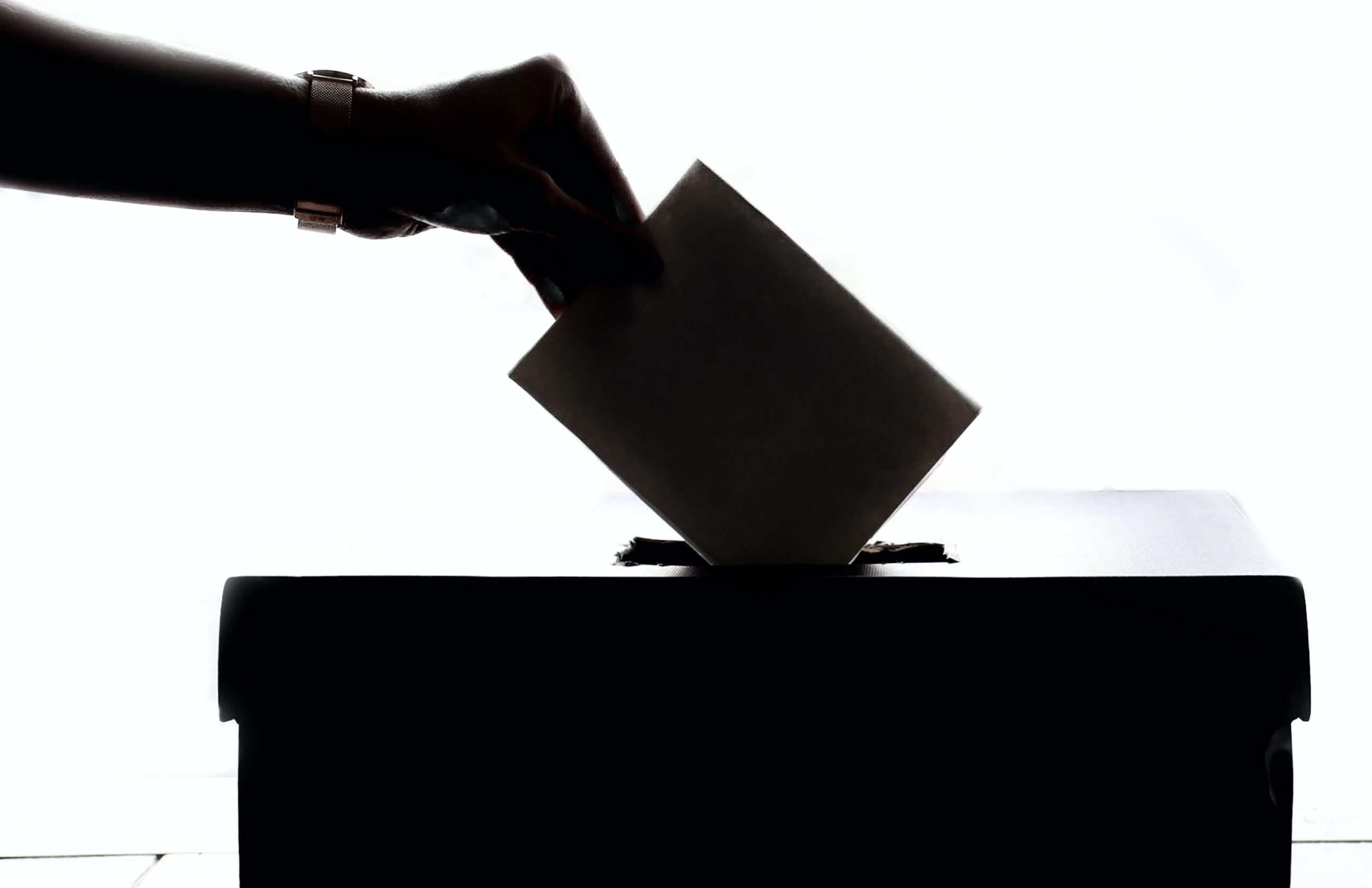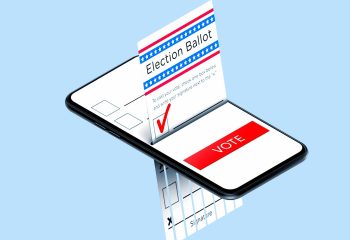
Media, Democracy and the Emerging Electorate of Young Voters
This year, millions of young voters will cast their first-ever ballots in a presidential election. Thanks to unprecedented levels of early voting, many already have. But from the perspective of a young voter today, what does our politics and our media landscape look like?
Voters from Generation Z — those born after 1995, roughly — as well as the youngest millennials are making their entry into the electoral process at a time of historic political gridlock, a global pandemic, a national reckoning on racial injustice and a deep economic recession. Understanding their choices at the ballot box, as well as how their media and information diets inform those choices, is critical to understanding this emerging electorate of tomorrow.
Over the past several years, the John S. and James L. Knight Foundation has invested in research to help answer these questions. Recently, Knight research has offered important insights about young adults, their perceptions of media, the ways they interact with news and information, and what that means for their civic engagement and our democracy.
This spring, Knight launched “The 100 Million Project,” a landmark study that surveyed 12,000 chronic non-voters to explore the underlying challenges of non-electoral participation. Knight also recently released “How Media Habits Relate to Voter Participation,” a study drawn from a nationally representative sample of more than 4,000 persistent non-voters ages 25 and older. Over the summer, Knight also released “College Students, Voting and the COVID-19 Election” — a national poll of 4,000 full-time students currently enrolled in four-year degree programs — and “American Views 2020: Trust, Media and Democracy” — a study of 20,000 Americans that is one of the most comprehensive surveys of public opinion on the media.
What did we learn from all this research? And what can it teach us about the emerging electorate of young voters?
- A majority of young adults passively “bump into” news, rather than actively seeking it out. Getting and discussing news is less likely to be a major part of young people’s family life growing up, and they are not following the news closely. In the 100 Million Project, we found that just 16 percent of 18- to 24-year-olds today follow news about politics “very closely,” compared to 40 percent of voters overall. Relatedly, in the American Views study, we found that 18-29 year olds are least likely to say that they are closely following news about issues affecting their local community, their state government or political figures in Washington. This lack of interest in the news has consequences: these same young adults report themselves as less knowledgeable about important issues facing the U.S. and their local communities.
- Social media is young adults’ primary source of news. Among 18- to 24-year-olds, 40 percent say they most often get news or information by seeing it on social media. Just over a quarter of young people are checking social media several times an hour, amid a campaign season when we see the mass proliferation of mis- and disinformation, from QAnon, to “Plandemic,” to miracle COVID-19 “cures” and more. The fact that the youngest potential voters are relying on social media is worrying because when we look at the next age group up, we see a distinct difference in news habits between voters and non-voters ages 25 to 29. In this age group, non-voters rely primarily on social media for news and information, while voters are more likely to say their primary sources are news websites or apps, with much more stringent editorial controls to weed out bad information.
- Among the disengaged young adults, apathy is a primary driver. Among the 18- to 24-year-olds who aren’t registered, 28 percent say they aren’t interested or don’t care. When asked what could motivate them to vote, their top answers were “nothing,” followed by the ability to vote online. Among respondents, 14 percent said they could be motivated to vote by a candidate they believe in, 11 percent with better quality information, and 10 percent if they believed their vote would affect the outcome. The big picture: for a subset of young people, apathy runs deep, and it will be a tall order to persuade them to re-engage with the democratic processes taking place around them.
- Young adults are highly skeptical about elections. Only 15 percent of 18- to 24-year-olds are confident that elections represent the will of the people, compared to 45 percent who are not very confident or not confident at all. Nearly half of college students believe that the 2020 election won’t be fair and open, and a majority say it will not be administered well. The reasons for their distrust? Half say that problems at polling places (such as long lines or broken voting machines) would lead them to have major doubts about the fairness of the election; followed by evidence of foreign interference (48 percent); the election winner losing the popular vote (46 percent); low voter turnout (46 percent); or if most voters cast ballots by mail (31 percent). Nearly three-quarters — 74 percent — will have doubts about the fairness of the election if it takes weeks to count, a distinct possibility due to the unprecedented number of mail-in ballots this year.
Where does this leave us? We see a new and rising generation of the youngest potential voters who are reliant on social media for news and information. We also see a general lack of engagement with news and information relating to politics and young people’s communities. All of this can contribute to young people’s overall distrust in the results of democratically administered elections and doubts that the outcome in 2020 will truly reflect the will of the people.
Nevertheless, there is hope. I recently had the opportunity to discuss this research during a webinar co-hosted with our partners at CIRCLE, with panelists from YR Media, Futuro Media and New Era Colorado. During that session, we heard about exciting ways that young adults are engaging with the media and in the democratic process. The panel also discussed how young adults are creating their own media, and how traditional news organizations can meet these people where they are and amplify their voices.
There is a groundswell of democratic participation taking place in 2020 — protests for racial justice, and projected record-high turnout. Even before the pandemic, 59 percent of 18- to 24-year-olds said they were absolutely certain that they would vote. This summer, a clear majority — 71 percent — of college students said they are absolutely certain they will vote, including 81 percent of Democrats, 74 percent of Republicans, and 63 percent of Independents. The polls are open for another several weeks, and if these trends bear out, they will represent a massive swelling of the ranks of young nonvoters at a time when their future is on the ballot.
Ashley Zohn is senior director for learning and impact at the Knight Foundation.
Image (top) by Element5 Digital on Pexels.







